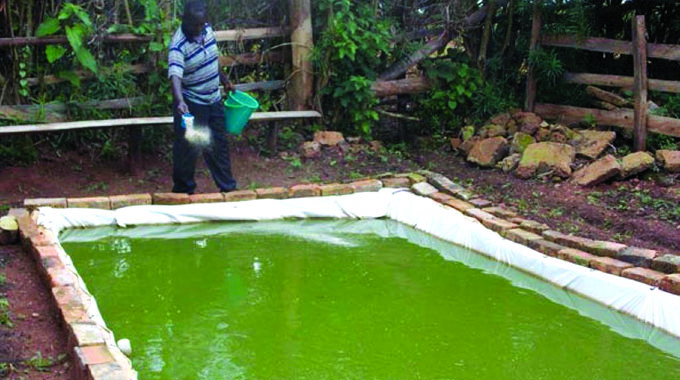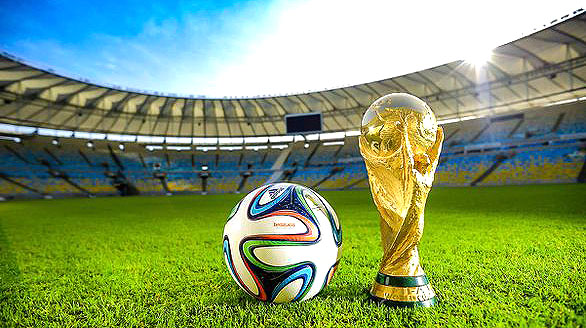How to start fish farming in your backyard

Demand for fish has grown globally as it has become an alternative and a bigger source of protein meal-wise and for other uses. Indeed there is a need to boost Zimbabwe’s position as a significant supplier of fish by contracting more farmers to join this lucrative industry. Tilapia niloticus which is also referred to as the bream, because of its high growth performance, yields, demand, and economic benefits compared to other tilapia species is currently the best go-to fish farm specie.
The aqua specie has become a major candidate for commercial aquaculture in Africa; Zimbabwe in turn is no exception. When growing Tilapia, one should religiously follow the feeding programme, to control water quality and correctly stock the fish densities, in order to harvest the fish within a space of 6 months and each fish weighing 400 to 800 grams.
Land Recommendations
All types of soil are suitable for pond construction. The space required depends on the pond sizes chosen by the farmer. Farmers are encouraged to choose within:
10m x 10m x 1.5m pond
20m x 10m x 1.5m pond
20m x 20m x 1.5m pond
20m x 30m x 1.5m pond
Water
Clean water which is free from contamination is one of the essentials in fish farming. Borehole water, river, and dam water can be used in fish farming. The use of council water is permitted but degassing of chlorine should be considered.
Fish Seed
Genetically improved seeds should be stocked for the farmer to have a good harvest.
Fish Feed
Tilapia can survive and grow without supplementary feed. Because of this reason tilapia grow in fertilized ponds feeding on phyto and zooplankton. These ponds can be fertilized using chicken manure or pig manure or the use of plankton booster. If one is into commercial fish farming the purchase of supplementary pellets is recommended and these are given in monthly stages as follows:
1st month – Starter crumbles
2nd month – Juvenile 1
3rd month – Juvenile 2
4th,5th, and 6th month – Grower pellets
How to Form Your Fish Ecosystem
Whether you do fish farming in a pond, swimming pool, or a koi pond you have to feed your fish.
One way to feed your fish for (basically) free is to create your own ecosystem. If you have a farm pond, over time an ecosystem should form on its own.
However, if you don’t, you can create an ecosystem over time with a few simple items.
Here is how you get started:
- Fill Up Your Area With Water
Whether you are using a pond, koi pond, or swimming pool (above or in-ground), you need to fill it with regular water.
Once the water is in the pool or pond you need to leave it untreated. Don’t add chlorine or any other chemical that you might otherwise use to keep the water clean.
- Add Fish
For now, you just need to add whatever fish you choose to raise into your water.
To start, you have to feed the fish since they won’t have an ecosystem to depend upon.
However, over time, fish die. When they do, you’ll actually need to leave them there because this helps in building the ecosystem.
Add Urine and Feeder Organisms
Finally, you need to add urine and other feeder organisms that will add to the ecosystem and help to keep everything clean for the fish.
There is a variety of filter feeder organisms available so you’ll have to see what is easiest to purchase in your area.
Here is how you can convert a swimming pool to your backyard fish farm:
Find a Pool
If you have an in-ground pool (first, lucky you!) that you are tired of keeping up, then converting it into a backyard fish farm might be a good option for you.
However, if you don’t have an in-ground pool, you can always purchase an above ground pool. Depending upon the time of year, you might be able to get a great deal on it. You can purchase an above ground pool here.
Then get it all set up so you can move onto the next step.
Add the Water and Begin Building Your Ecosystem
You need to follow the steps mentioned above when adding the water and building your own ecosystem (if you choose that route.)
Honestly, if you are looking for an easy way to raise fish then you might actually prefer to just feed them store-bought food.
However, if you are looking to be completely self-sustained, then, in the long run, taking the time and effort to build your own ecosystem will be your best route.
It is really about what your goals are. Just be sure that you don’t add any chemicals to the water, and if you’d like more details about building your ecosystem this resource will help you since I just provided a brief ‘how-to.’
Add Aquatic Plants
Add aquatic plants as a natural filtration system. You can use plants like Papyrus or Taro.
Still, what a lot of people do is they actually raise these plants in galvanized tubs with gravel at the bottom.
Then you insert a pond pump that will allow the filtered water from the plants to flow back into the swimming pool.
This way the nasty water your fish put out is being cleaned naturally and then having freshwater pumped back into their living area to give them much better-living conditions, and yourself a more nutritious food source.
What Kind of Fish Should I Raise?
Koi / Carp
Koi are recommended because they are very resilient fish. Plus, they grow to be pretty large in size as well. They are also easy to raise because they eat store-bought fish food, vegetables, fruits, cereal, and most insects.
Tilapia
Tilapia is another fish that you see a lot of people raising in their backyard. They too can survive in almost any weather.
However, they do need water between 25 deg C and 30 deg C. So if your water temps will ever drop below that then just get a water heater and plug it in so the water will stay warm, and your fish should do just fine.
Also, you can use city water for these fish. Tilapia will eat most plant-based foods and insects. What really makes people love these fish is that they are full-grown in about 8 months. – Agencies







Comments